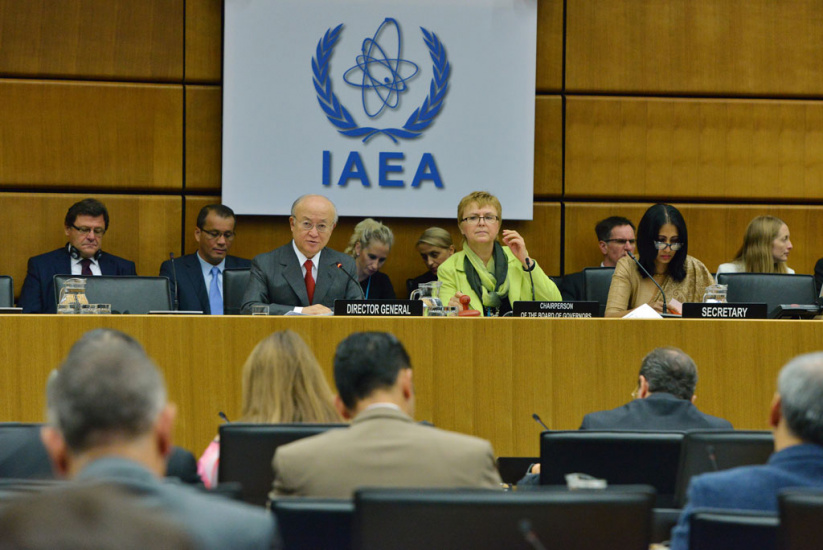IAEA and the JCPOA’s Prospect

Ali Shamkhani, Secretary of the High Council of National Security, recently stated that closing the PMD issue depends on the resolution which would be adopted by the IAEA Board of Governors and is among the commitments made by the P5+1. The P5+1 must choose between the keeping the PMD issue open and the JCPOA. On this basis, the IAEA Director General claims that there are still questions and ambiguities with regard to Iran’s nuclear program which must be responded to. But Mr. Shamkhani has pointed out that Iran has fully cooperated with the IAEA in removing centrifuges, thus, if the PMD case is not closed, there will be no possibility for the implementation of the JCPOA. Therefore, the IAEA must not make excuses and allow the JCPOA to be implemented based on what was adopted before.
Although Iran has crossed all these paths and the fact that, considering Amano’s statements, there are now negative views with regard to the implementation of the JCPOA, it must be said that there have always been these types of obstacles and difficulties in the path of Iran’s nuclear program. During the past two years when negotiations took place between Iran and the P5+1, all issues proposed by the IAEA were discussed and both parties reached a win-win and desirable solution. IAEA inspectors came to Iran and visited certain sites, hence, there is no more ambiguity about any nuclear issue and this case must be closed so that the JCPOA could advance towards its implementation.
Despite recent statements made by Amano, no dark perspective could be drawn for the implementation of the JCPOA by the other party; because Iran is fulfilling its commitments and the commitments made by the other party in the lifting of sanctions must be fulfilled at the predicted date.
As the speaker of Iran’s Atomic Agency has said, we must wait for the final report of the IAEA and the decision of the Board of Governors. Furthermore, during the course of negotiations and prior to the adoption of the joint statement, certain issues came up which were resolved through dialogue. Therefore, even if certain problems occur, they could be resolved through negotiations. Of course, there are continuous and direct contacts between Iranian Foreign Ministry officials and the IAEA with regard to the implementation of the JCPOA and the Security Council resolution but they are not reflected in the media. Both Iranian and western negotiators have, since long, taken certain measures in the implementation of the JCPOA but it must be considered that this agreement has different dimensions and among them is the issue of the SWIFT which is pursued by experts.
Right now, there seems to be no problem in the implementation of the JCPOA, but if problems occur on this path, they should be discussed and negotiated at high political levels between Iran and the P5+1.
On the other hand, the nuclear issue must be discussed separately from the events of the region and positions taken by different parties in this regard. In fact, the JCPOA has raised Iran’s role in the region alongside its military power and Iran can now play a more active role in the Middle East. Thus, it might be possible that certain parties would bring up regional issues and Iran’s positions as an excuse to create obstacles on the path of the JCPOA implementation but it seems that the main western parties have a complete understanding of international issues that they cannot refrain from implementing the JCPOA. It does not seem that regional issues would impact the implementation of the agreement which was reached between Iran and the P5+1 and, if regional issues are proposed during the course of its implementation, they could be resolved through dialogue and negotiations.

